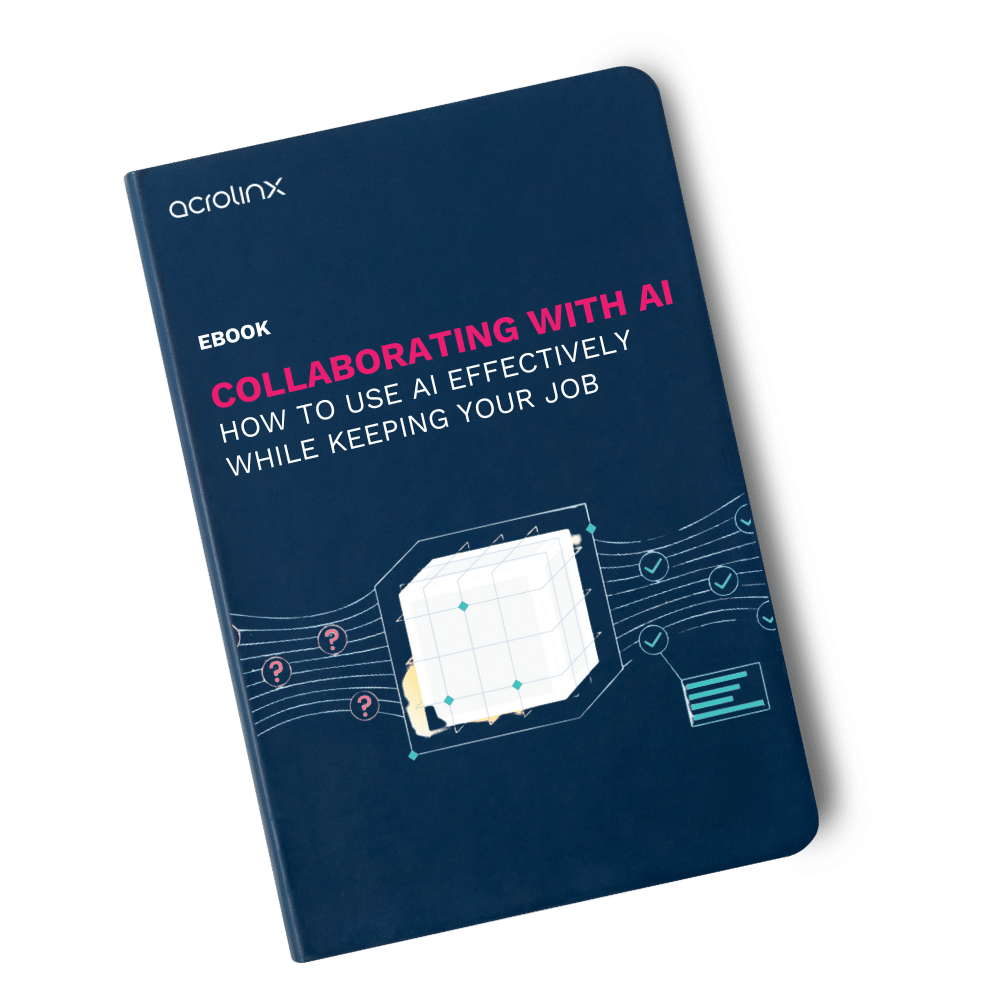
Artificial Intelligence (AI) is becoming increasingly prevalent in our lives, and one of its most powerful applications is in natural language processing. Language models powered by AI can be trained to understand and generate content with remarkable linguistic fluency. However, the quality of the content used to train and fine-tune generative AI models is crucial. In this blog post, we’ll explore why the quality of your input is so important, and how content governance can ensure your language models are tuned on high-quality content.
Inputting source content to improve writing with AI
First, let’s consider why the quality of your input matters. Language models are trained using a process called supervised learning. This means they learn by being shown examples of human language and being told what those examples mean. When the time comes to fine-tune a pre-trained model, the more high-quality examples a language model is tuned on, the better it will become at understanding and generating language. Conversely, if a language model is fine-tuned on low-quality examples, it will likely perform poorly.
Low-quality source content can come in many forms. It might be poorly written, with spelling and grammar errors, or it might be factually incorrect. It might be biased or discriminatory, or it might contain offensive language. It might be poorly structured or difficult to read and understand. Any of these factors can negatively impact the quality of a language model trained on that content.
But why does this matter? After all, if a language model is tuned on low-quality content, won’t it just produce low-quality output? Unfortunately, it’s not that simple. Language models are trained to mimic human language, and as such, they can reflect and even amplify the biases and errors present in their training data. If a language model is trained on biased or discriminatory content, for example, it may reproduce those biases in its output, perpetuating harm and injustice. Similarly, if a language model is trained on factually incorrect information, it may produce output that’s misleading or harmful. And when it’s enterprise content, that not only contributes to a negative customer experience, it might also mean you’re not meeting the regulatory requirements that then open up legal issues.
The role of content governance when writing with AI
This is where content governance comes in. Content governance refers to the processes and policies organizations use to make sure their content is high-quality and meets certain standards. In the context of fine-tuning language models, content governance might include measures such as:
- Confirming that all content used to fine-tune generative AI models is factually accurate and up-to-date.
- Ensuring that data is free from bias and discrimination.
- Making sure it uses inclusive language.
- Using tools like grammar checkers and readability scores to keep source content well-written and easy to understand.
- Using diverse source-content/data to help the language models understand and generate language from a variety of perspectives and voices, that reflects the diversity of humankind.
Content governance is important not just for maintaining the quality of language models, but also for keeping the use of AI ethical and responsible. Language models can have far-reaching impacts on society, and it’s our responsibility as creators and users of these models to make sure they’re trained and fine-tuned on high-quality, ethically sound data.
Training AI for writing: An example
One example of the importance of content governance in language model training is the case of GPT-2, a language model developed by OpenAI. In 2019, OpenAI made the decision to withhold the full version of GPT-2 from public release, citing concerns about the potential misuse of the model for generating fake news and other malicious content. While OpenAI eventually released the model, it did so in a controlled manner, requiring researchers to apply for access and agreeing to a set of usage restrictions.
This case highlights the fact that language models can have significant ethical implications. Content governance is an important way to keep the use of these models responsible and ethical, because it makes sure information is accurate, correct terminology is used consistently, and that content is checked for biased or discriminatory language before publication. And as official regulatory frameworks begin to emerge globally, you need assurance at scale, that content generated by generative AI models will remain compliant with any future regulations.
Using AI for writing
In conclusion, the quality of the content used to train AI language models is crucial. The quality of the output produced by these models depends on the quality of the input used to train them. Content governance is an important framework for making sure that generative AI models are tuned on high-quality, inclusive, and factually correct content that’s most likely to generate valuable outputs.
Are you ready to create more content faster?
Schedule a demo to see how content governance and AI guardrails will drastically improve content quality, compliance, and efficiency.

Kiana Minkie
She comes to her content career from a science background and a love of storytelling. Committed to the power of intentional communication to create social change, Kiana has published a plethora of B2B content on the importance of inclusive language in the workplace. Kiana, along with the Acrolinx Marketing Team, won a Silver Stevie Award at the 18th Annual International Business Awards® for Marketing Department of the Year. She also started the Acrolinx Diversity and Inclusion committee, and is a driving force behind employee-driven inclusion efforts.





